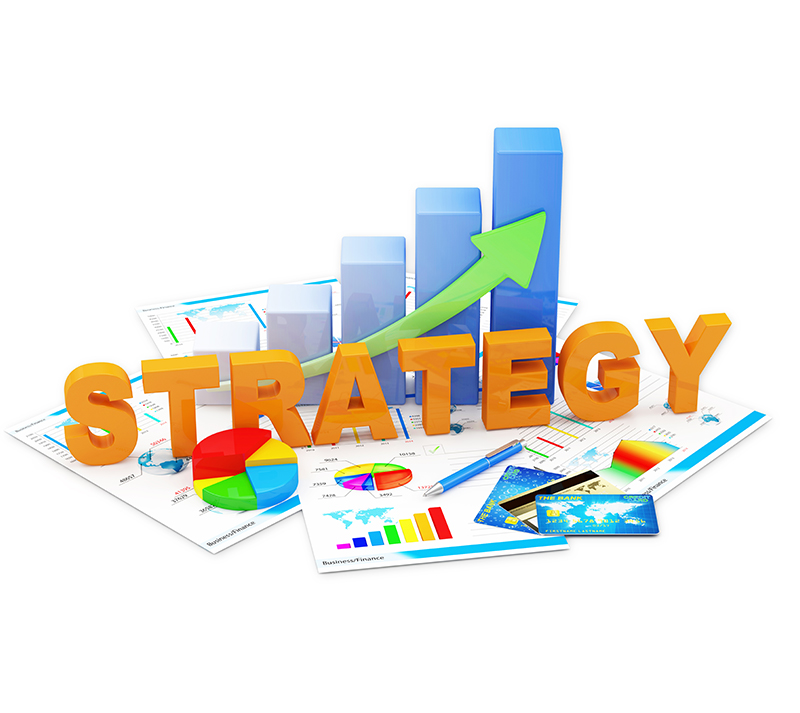SEM (Search Engine Marketing) which is like an umbrella that covers SEO and PPC (Pay-Per-Click) advertising, remains highly prevalent in modern times.
A 2017 study published in the Journal of Marketing Research found that the use of SEM in marketing journals had increased by over 200% since 2000. The study also found that SEM was most used to test relationships between constructs such as brand awareness, customer satisfaction, and purchase intention. These studies suggest that SEM is a growing and increasingly popular statistical technique.
SEO (Search Engine Optimization) and PPC (Pay-Per-Click) are two distinct digital marketing strategies used to drive traffic to websites. While both aim to increase visibility and attract visitors, they differ in terms of approach, cost structure, and long-term benefits. Here’s a breakdown of SEO and PPC
SEO (Search Engine Optimization):
SEO is the practice of optimizing a website and its content to improve organic (unpaid) search engine rankings. This involves various techniques, including keyword research, on-page optimization, technical optimization, link building, and content creation, to make the website more visible to search engines.
Cost Structure: SEO is primarily an organic strategy, meaning you don’t pay search engines for clicks. However, there are costs associated with hiring SEO experts or investing in SEO tools and resources.
Timeframe: SEO is a long-term strategy that requires continuous efforts and time to achieve and maintain good rankings. Results may take several months to show, depending on the competitiveness of keywords and other factors.
Benefits:
· Long-Term Results: Well-executed SEO can result in sustained organic traffic and visibility over time.
· Credibility and Trust: Ranking higher in organic search results can enhance the credibility and trustworthiness of your blog.
· Cost-Effective: Once established, organic traffic from SEO does not require ongoing payment for each click.
· User-Focused: SEO focuses on providing valuable and relevant content to users, improving the overall user experience.
PPC (Pay-Per-Click):
PPC refers to online advertising where advertisers pay for each click on their ads. Google Ads is the most common and the world’s biggest provider of PPC advertising. It involves setting up ad campaigns, selecting keywords, creating ad copy, and bidding on keywords. Ads are displayed in search engine results or on relevant websites, and advertisers pay only when someone clicks on their ads.
Cost Structure: PPC requires a budget as you pay for each click on your ads. The cost per click depends on factors like keyword competitiveness, ad quality, and bidding strategy.
Timeframe: PPC can generate immediate results as ads can be displayed soon after setting up campaigns. However, it requires ongoing monitoring and optimization to ensure cost efficiency and campaign effectiveness.
Benefits:
· Immediate Visibility: PPC ads can quickly generate traffic and appear prominently in search results.
· Targeting Options: PPC allows precise targeting options based on location, demographics, interests, and keywords.
· Control and Flexibility: Advertisers have control over budget, ad copy, and campaign settings, allowing for quick adjustments and testing.
· Measurable Results: PPC provides detailed performance metrics, allowing advertisers to measure the ROI of their campaigns.
SEO and PPC are both effective ways to drive traffic to a blog. The best option for you will depend on your budget and your goals. You can also use both SEO and PPC together. This is called a hybrid strategy. A hybrid strategy can be very effective, as it allows you to reach a wider audience and get more traffic.
It is important to note that a well-rounded digital marketing strategy often combines SEM with other tactics such as SEO, content marketing, social media marketing, and email marketing. This holistic approach allows businesses to leverage the strengths of different channels and maximize their online reach and impact.



